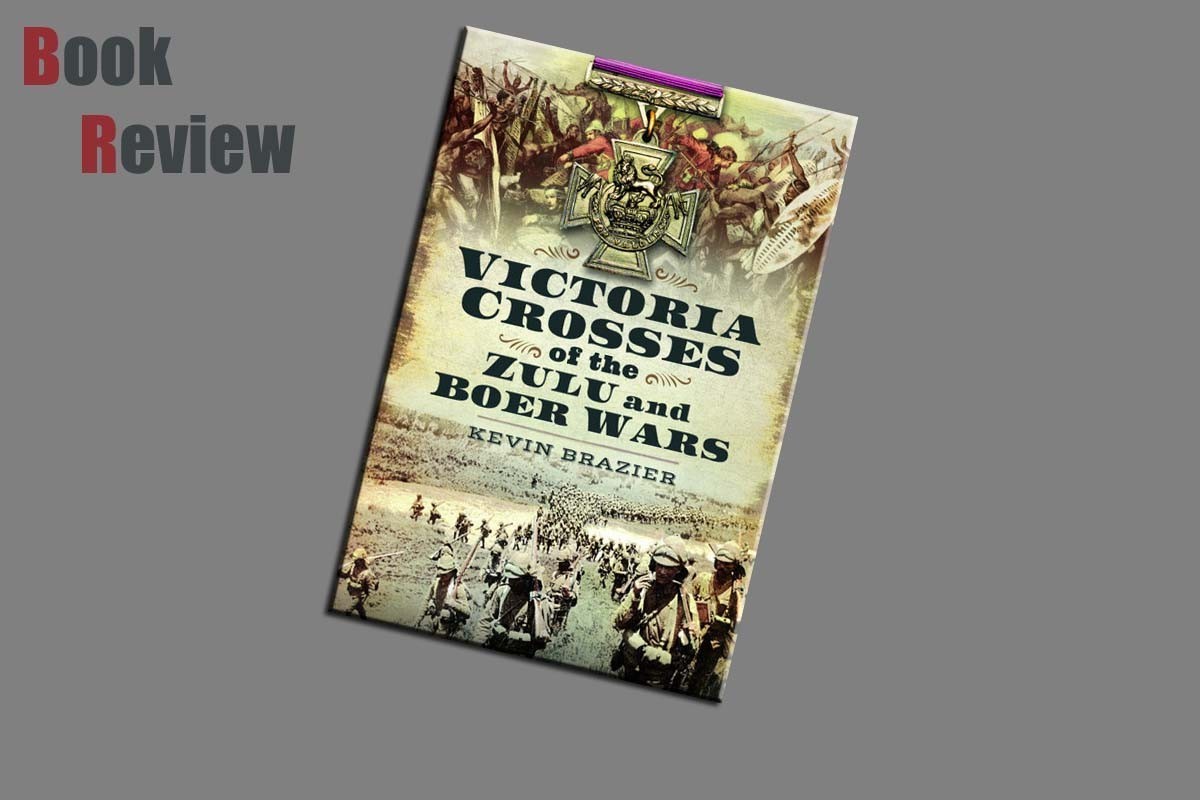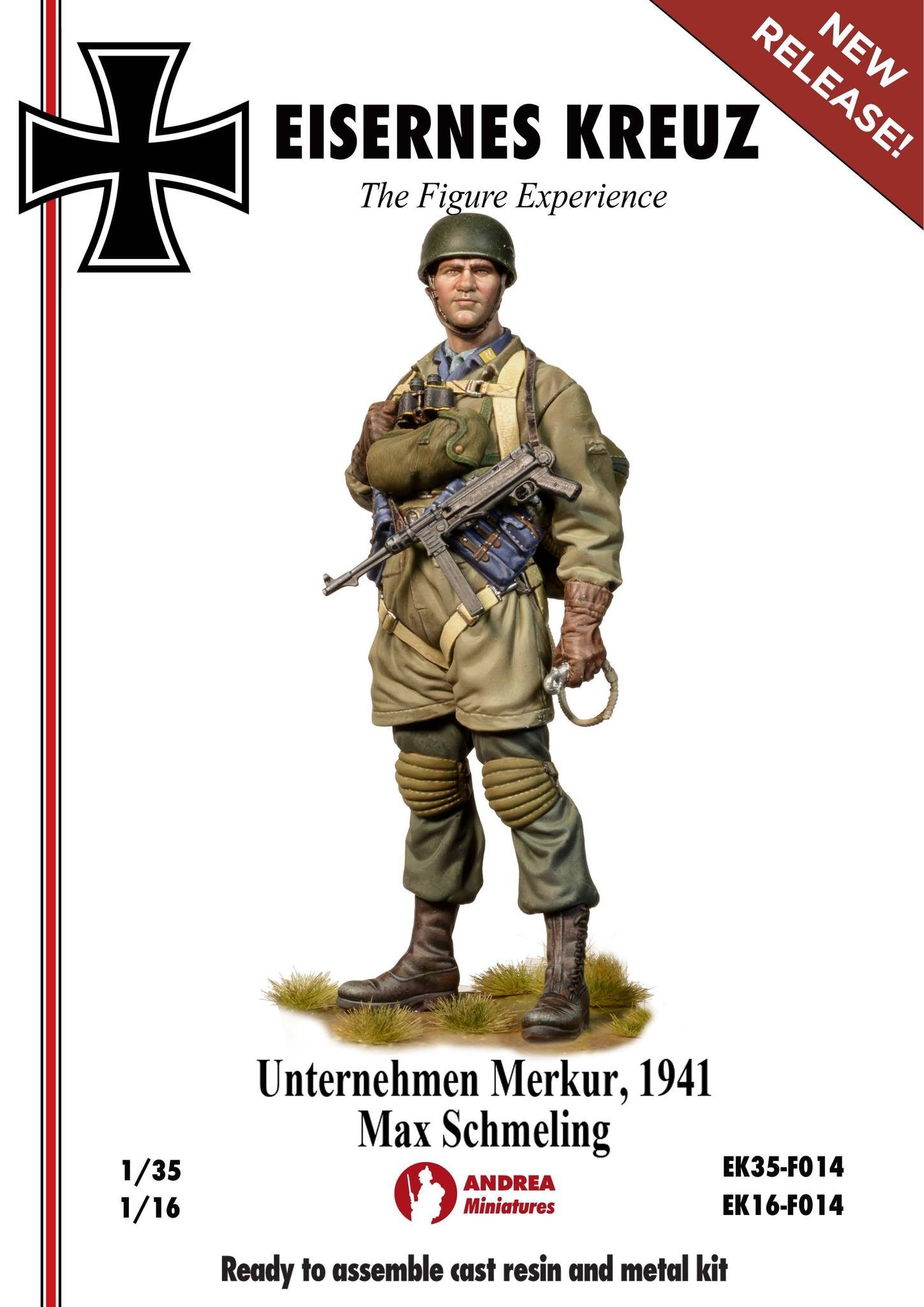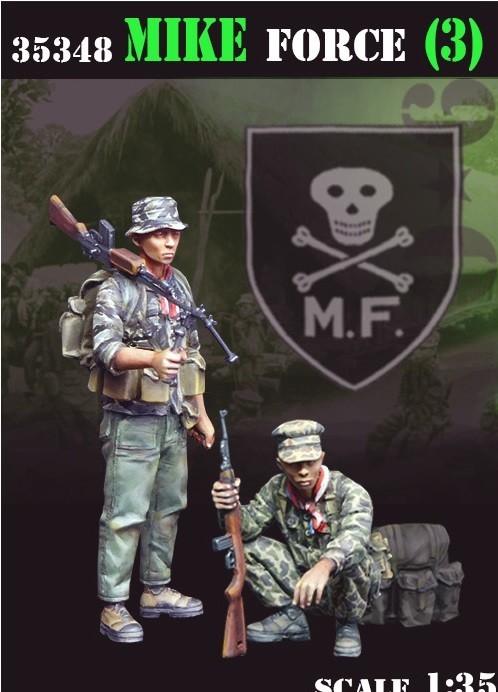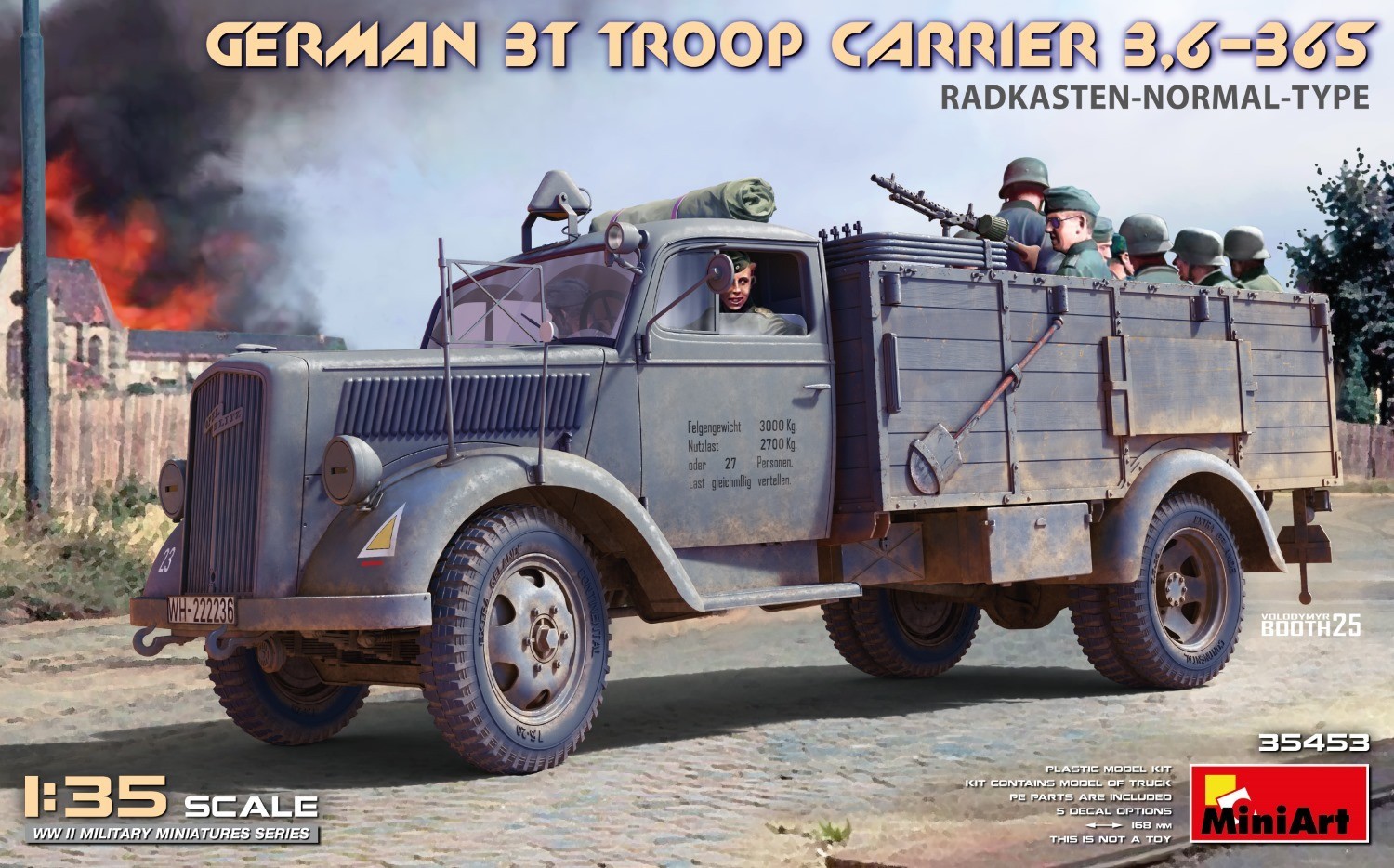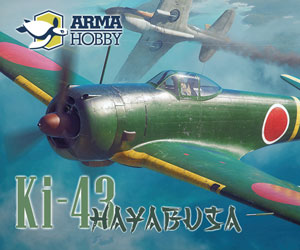
Introduction
The following introduction is taken from the Pen and Sword website:
This complete chronological record of the Victoria Crosses awarded to British and Commonwealth soldiers during the Anglo-Zulu and Boer wars is an essential work of reference for everyone with a special interest in these major conflicts in southern Africa fought at the height of the British empire.
The British army was severely tested in its battles against the Zulu kingdom and the Boer states, and the 107 Victoria Crosses that were awarded testify to the intensity of the fighting and the bravery and self-sacrifice of the soldiers concerned. The book celebrates their extraordinary exploits in action at famous locations like Isandlwana, Rorke’s Drift, Ladysmith, Colenso and Mafeking where, under fire, they had to draw on exceptional reserves of courage.
Each entry gives the name and rank of the VC holder and the date and location of the action in which the VC was earned. The episodes themselves are described, in vivid detail. Information is also provided on the subsequent career of the VC recipients, the location of their medals and their place of burial.
Review
This offering from Pen and Sword is authored by Kevin Brazier and looks at the valour and actions of the men who were awarded the Victoria Cross for their actions. This is a hard backed book of 180 pages of a semi satin finish, and also provides a few empty pages at the back should you wish to make your own records. The contents of this title are presented as follows:
Acknowledgements
Authors Notes
Part 1: The Zulu War
Chapter 1 iSandlwana
Chapter 2 Rouke’s Drift
Chapter 3 Intombe River
Chapter 4 Helbane Mountain and Khambula
Chapter 5 Ulundi
Part 2: The First Boar War
Chapter 6 Elandsfontein, laing’s Nek, Wasselstroom and Nujaba Mountain
Part 3: The Second Boar War
Chapter 7 Siege of Mafeking and Ladysmith
Chapter 8 Magersfontein and Colenso
Chapter 9 Colesberg and Relief of Ladysmith
Chapter 10 Paardeberg
Chapter 11 Onderbank spruit, Plewman’s Farm, Hart’s Hill and the Tugela Heights
Chapter 12 Bloemfontein and Korn Spruit
Chapter 13 Wakkerst Room, Crow’s Nest Hill, Delagoa Bay Railway, Lindley, Wolve Spruit and Krugers Dorp
Chapter 14 Vredefort, Mosilikatse Nek, Essenbosch Farm, Van Wyk’s vlei, Geluk and Bergendal
Chapter 15 Warm Baths, Geluk, Zeerust, Komati River, Dewetsdorp and Nooitgedacht Hill
Chapter 16 Monument Hill, Naauwpoort, Bothwell Camp, Strijdenburg and Derby
Chapter 17 Brakpan, Lambrechtfontein, Thaba’nchu, Valkfontein, Springbok laagte, Rujiter’s Kraal, Blood River, Itala, Moedwil, Geelhoutboom, Tygerkloof Spruit, Tafelkop and Vlakfootein
The Zulu wars covers a period of history when Britain was still maintaining and increasing her empire. I know many people view empire builders in many different ways, but the soldiers who were sent to these fair flung places cannot be blamed for following the orders that they were given and conducting actions that today would be considered inhumane. I suspect that most of us of a certain age only really know of the Zulu war through Stanley Baker/Michael Caine in command of a small number of Welsh soldiers facing the might of the Zulu Nation. It should be remembered that a number of Victoria Crosses were awarded to soldiers who took part in this action. The events portrayed in the film Zulu may not have happened exactly as the film portrays, but the battle did take place.
What this book does is look at the individuals who fought various battles during the Boar War and provides a back story to the individuals concerned. It follows the actions for which these men who were awarded the Victoria Cross and goes on to cover their deaths and where buried if known. It should be noted that some of the individuals are just listed as being in a mass grave and commemorated on memorial stones. Included in the text on each individual is a photograph and in many cases their grave or grave marker. One grave that caught my eye is that of George Albert Ravenhill who was born on the 21st February 1872 and was killed on the 15th December 1899, with his grave marked with a stone placed into the ground with just the number 36 engraved on it. What is poignant about this number is that it is higher than his age, which actually made me stop and think.
Conclusion
This offering from Pen and Sword covering the Victoria Crosses of the Zulu and Boar Wars, is particularly interesting is that one of my Great Grandfather’s was a 14 year old drummer boy in Africa with the British Army during the period of these wars and so gives me some insight of what he faced and saw as a child serving in the British Army. I do have a very vivid memory of his face, but I cannot remember anything of his actions during these times and books such as these really gives you pause for thought as to the conditions people faced back then and how we judge them unfairly against the standards of today.











